![]()
When it comes to replacing your legacy system, understanding what your company will need before anything else should be an obvious starting point. But a recently published study from the ELFA and Capgemini found that sometimes, perhaps that isn’t the case. Data showed that replacing front- and back-end systems remains a top priority for companies, with 40% of respondents considering back-end system replacement within the next 18 months. But what’s eye-opening is what else the study found that should have you evaluating the state of your solution:
- 40% of equipment finance companies report back-end platforms don’t meet their current needs
- 60% report that back-end platforms won’t meet their future needs
- Nearly 50% report that front-end platforms don’t meet these needs
Maybe it’s time to stop trying to marry a front- and back-end system when you could get the best of both in an end-to-end solution. Considering the amount of time and money that gets invested in your lease and loan management technology, you should at least feel confident that it will perform up to your standards not just for today, but also tomorrow.
If your company is part of that 40% considering a system replacement, an end-to-end solution may be what you’re looking for. Here are four things to ask yourself when searching for the answer.
1. Is it really an end-to-end solution?
Masking separate front-end and back-end systems, run through two separate databases, as a single system can happen. But a true end-to-end system means all of your information and business processes go through one database. The front end and the back end work in unison from the same database of information. And that gives you greater transparency into the entire happenings of your business, among other things.
2. Can you do anything with your data?
Leveraging your data to improve your processes means being able to provide an enriched experience for your customers, vendors, funders or other business partners alike. Things like being able to run real-time queries of your system data online, or running scheduled or on demand reports should be on your checklist. And because all data is stored on a single database, any inconsistencies that come from multiple entry points are eliminated.
3. Is the solution customizable to meet your needs?
Your solution can be a good starting point, but does it offer any avenues of customization for your specific business needs? What about any partner integrations? You shouldn’t have to pay for things you don’t need, and who’s to say what you have right now will be what you need down the road? Bottom line: the more customizable the solution can be for you, the more you will get for your money.
4. Are you working with a vendor or a partner?
Working with a partner you trust as opposed to a technology vendor means you can focus on growing your business, not whether or not your technology is positioned for that to happen. A trusted partner understands where you business is at and where it’s headed, and knows that your success is the ultimate goal.

